In a tragic incident at a government-run hospital in Madhya Pradesh, a newborn baby allegedly suffered burns while undergoing phototherapy for jaundice. The incident took place at the Birsa Munda Medical College and Hospital in Shahdol, and the family of the nine-day-old baby has since raised serious allegations about the care provided by the hospital staff. This has led to widespread public outcry and has drawn attention to the standards of care in government healthcare facilities.
The baby, born on August 23, was admitted to Birsa Munda Medical College and Hospital shortly after birth. Doctors at the facility diagnosed him with jaundice, a common condition in newborns that leads to a yellowing of the skin and eyes. The standard treatment for jaundice is phototherapy, where the baby is placed under special lights that help break down excess bilirubin in the blood.
However, according to the family, after being placed in the phototherapy machine on August 25, the baby developed severe burns on his face and back. The family accused the hospital of negligence, claiming that the wrong treatment had been administered, leading to the child’s injuries. This led to a heated confrontation between the family and the hospital staff, resulting in the involvement of local police.
Dr. Nagendra Singh, the medical officer at Birsa Munda Medical College and Hospital, presented a different version of events. He acknowledged that the baby was placed in a phototherapy machine as part of the treatment for jaundice but insisted that the burns were not caused by the machine. According to Dr. Singh, the baby developed rashes on his back and face, which were later diagnosed by skin specialists as a result of a skin syndrome rather than burns from the phototherapy.
Additionally, Dr. Singh mentioned that the baby's haemoglobin levels were below normal, indicating a more complex medical condition. The hospital staff had reportedly advised the family to seek advanced treatment at Jabalpur Medical College and Hospital, a larger facility with more specialized resources. However, the family allegedly did not follow this advice and instead escalated the situation at the hospital.
Following the confrontation, the infant was transferred to Kushabhau Thakre District Hospital for further treatment. This transfer was seen as necessary to ensure that the baby received the appropriate care, given the seriousness of his condition. While the hospital continues to deny any wrongdoing, the incident has raised concerns about the quality of care at government-run hospitals, particularly when it comes to treating vulnerable patients such as newborns.
The local police, led by Inspector Bhupendra Mani Pandey of Sohagpur police station, are currently investigating the matter. They have taken statements from both the family and the hospital staff to determine whether negligence was involved in the baby’s injuries. The outcome of this investigation will be crucial in understanding what exactly happened and whether any further action needs to be taken.
Phototherapy is a well-established and widely used treatment for neonatal jaundice. Jaundice occurs in newborns when their liver is not yet mature enough to efficiently process bilirubin, a substance produced by the normal breakdown of red blood cells. High levels of bilirubin can lead to serious complications, including brain damage if left untreated.
In most cases, phototherapy is safe and effective. The baby is placed under special blue light, which helps to break down bilirubin so that it can be excreted from the body. The treatment is usually painless, and side effects are rare. However, the equipment used must be properly maintained, and the baby’s condition should be closely monitored to avoid complications.
While the hospital insists that the baby’s injuries were not caused by the phototherapy machine, this incident highlights the importance of ensuring that all medical equipment is in good working order and that healthcare providers are vigilant in monitoring their patients. In a resource-constrained environment, like many government hospitals, such vigilance becomes even more critical.
This incident also brings to light some of the broader challenges faced by government hospitals in India. While many public healthcare facilities provide essential services to millions of people, they are often underfunded and understaffed. This can lead to lapses in care, with potentially devastating consequences for patients.
Government hospitals often cater to large populations, particularly in rural and semi-urban areas, where access to private healthcare is limited. As a result, they are frequently overcrowded, with long waiting times and overburdened staff. In such environments, maintaining high standards of care can be difficult, and incidents like the one in Shahdol are not uncommon.
In addition to issues of infrastructure and staffing, government hospitals also face challenges related to the quality and maintenance of medical equipment. Phototherapy machines, like many other medical devices, require regular maintenance and calibration to ensure they function correctly. In some cases, a lack of resources or oversight can lead to equipment malfunction, which can have serious consequences for patients.
In the wake of this incident, there is a growing call for greater accountability in government healthcare facilities. While government hospitals play a crucial role in providing care to those who cannot afford private healthcare, it is essential that they uphold the highest standards of care. This includes ensuring that medical equipment is properly maintained, that staff are adequately trained, and that patients are treated with dignity and respect.
One potential solution to these challenges is increased investment in public healthcare. By allocating more resources to government hospitals, the government can help to improve the quality of care and reduce the risk of incidents like the one in Shahdol. This could include funding for better equipment, additional staff, and ongoing training for healthcare providers.
Another important aspect of improving care is ensuring that patients and their families are well-informed about their treatment options. In the case of the newborn in Shahdol, better communication between the hospital staff and the family might have helped to de-escalate the situation and ensure that the baby received the appropriate care. Healthcare providers must take the time to explain treatment options, potential risks, and next steps to patients and their families, particularly when dealing with vulnerable populations such as newborns.
The incident in Shahdol is a tragic reminder of the challenges facing India’s public healthcare system. It highlights the need for greater oversight, better communication, and increased resources to ensure that all patients receive the care they need. As the investigation into the incident continues, it is essential that lessons are learned, and that steps are taken to prevent similar incidents from occurring in the future.
For the family of the newborn, the incident has been a traumatic experience, and they are left seeking answers. For the healthcare system, it is a wake-up call to address the gaps in care that exist in many government hospitals across the country.
In the end, ensuring the health and safety of patients must be the top priority of any healthcare system. By addressing the challenges facing government hospitals and taking steps to improve the quality of care, India can work towards a healthcare system that truly serves the needs of all its citizens, regardless of their socioeconomic status.
This incident also highlights the importance of public trust in the healthcare system. When patients and their families trust that they will receive high-quality care, they are more likely to seek medical attention when needed and follow the advice of healthcare providers. Building and maintaining this trust is essential for the success of any healthcare system, and it requires ongoing efforts to ensure that patients are treated with care, respect, and compassion.

 As the investigation continues, it is crucial that all parties involved are held accountable, and that steps are taken to prevent such incidents from happening again.
As the investigation continues, it is crucial that all parties involved are held accountable, and that steps are taken to prevent such incidents from happening again.










.jpeg)

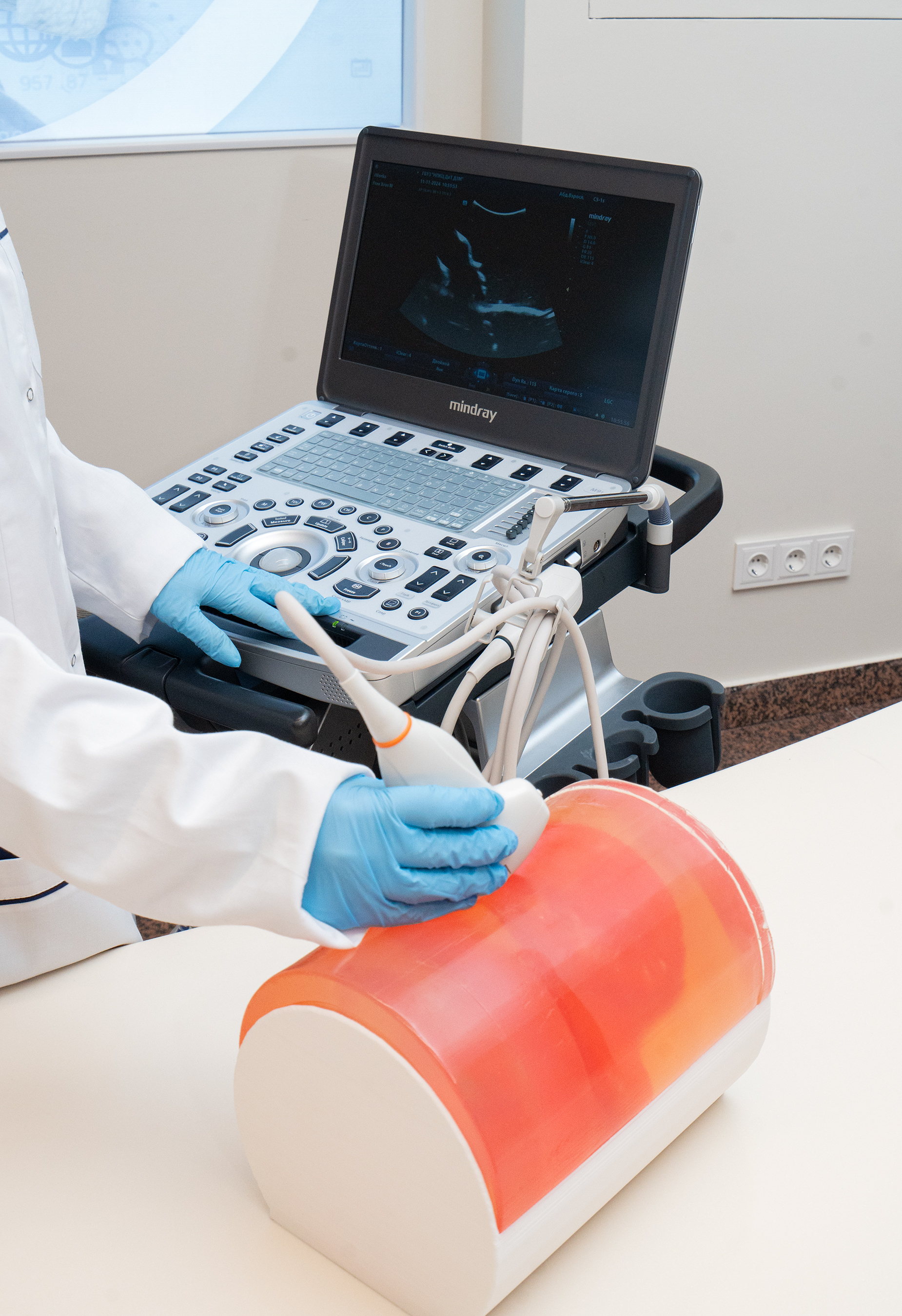
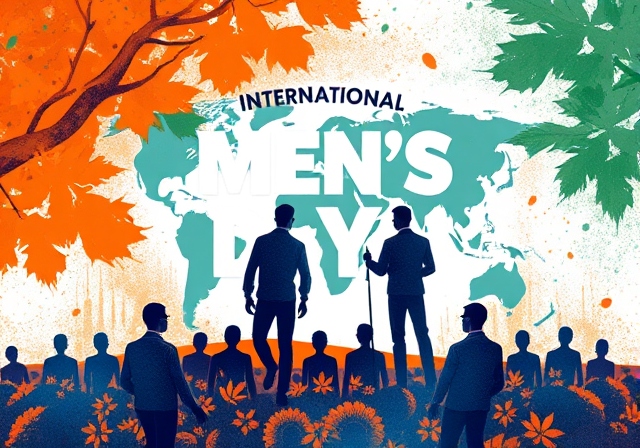
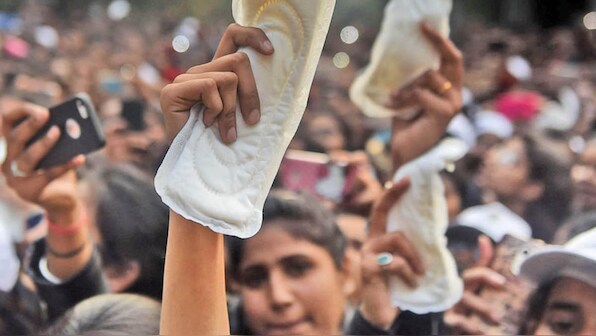


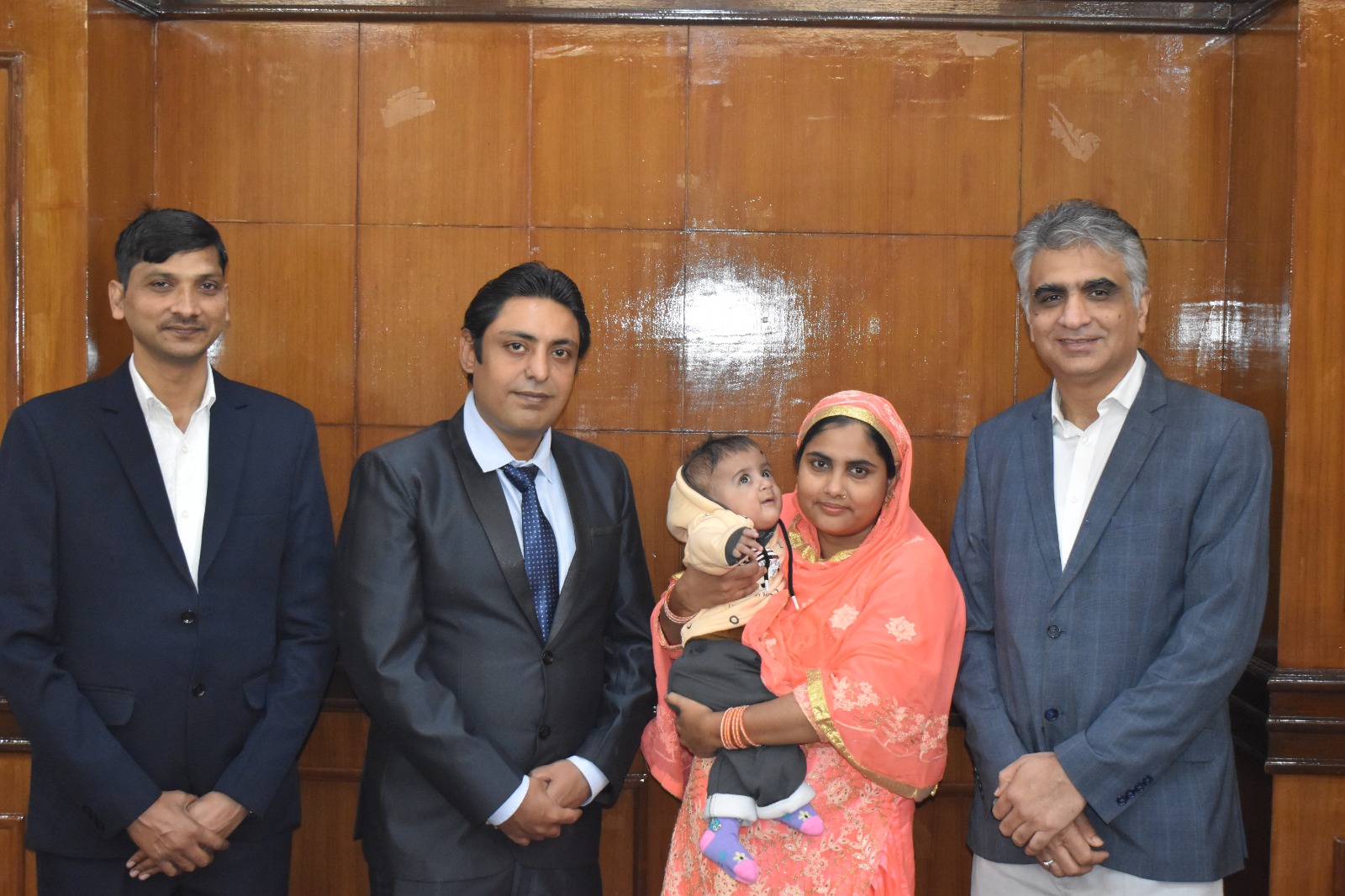
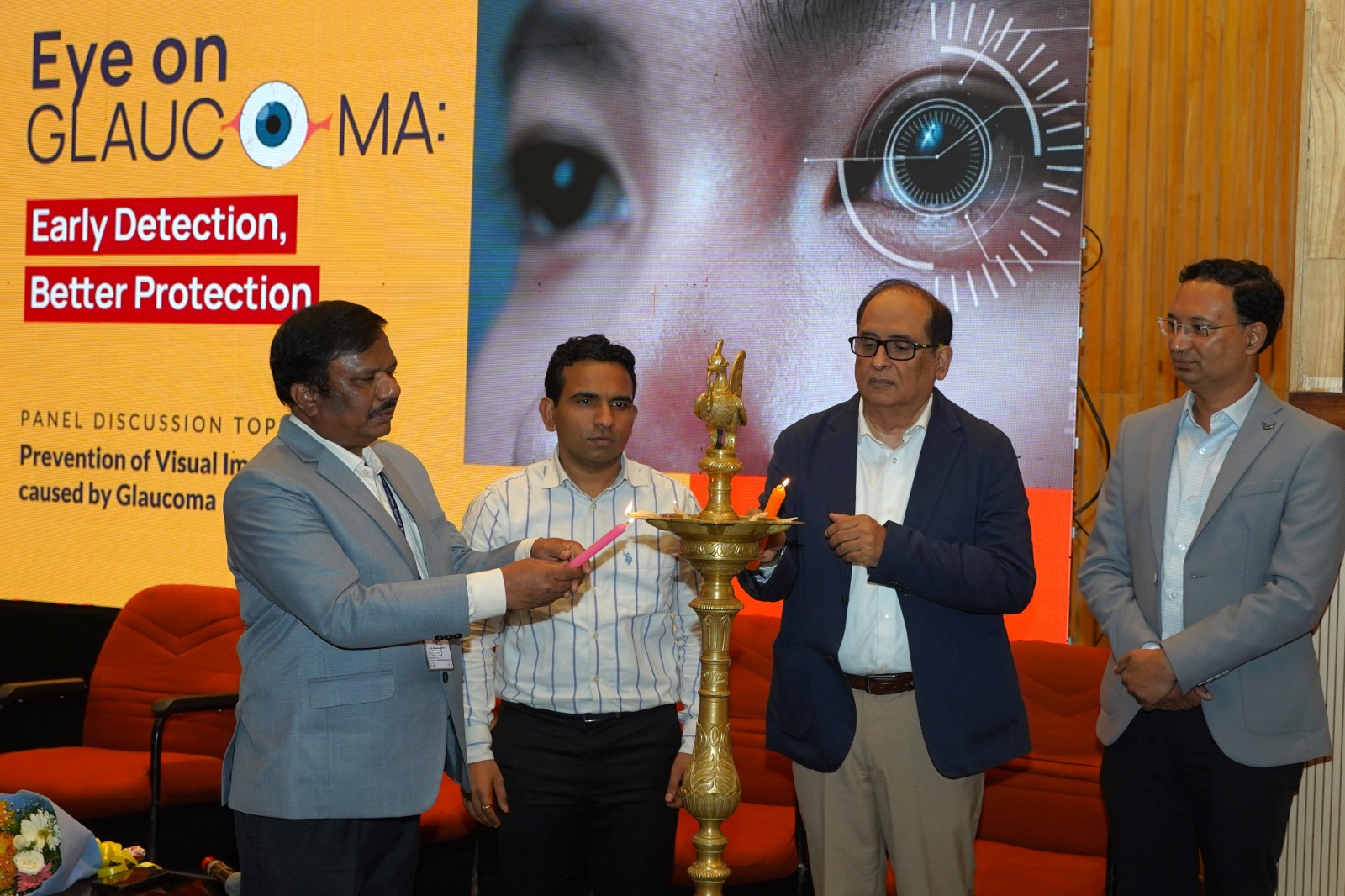
.png)
.png)

.png)
.png)
.png)

.png)
.png)
.png)

.png)
.png)